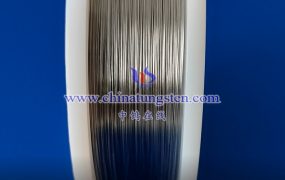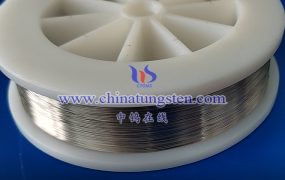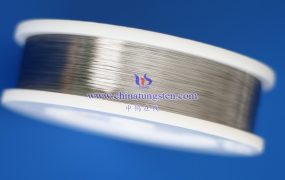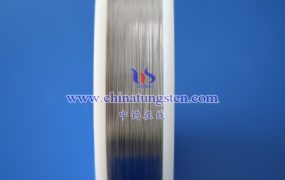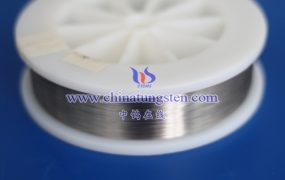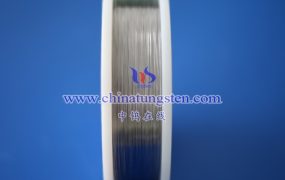Tungsten wire defect detection is a key quality control link to ensure the performance and reliability of tungsten wire. The following are some commonly used tungsten wire defect detection methods:
- Chemical composition analysis
Chemical composition analysis is the basic project of tungsten wire detection. By detecting the tungsten content, impurity elements, etc. in tungsten wire, it can be evaluated whether its chemical composition meets the requirements. Commonly used chemical analysis methods include spectral analysis, chemical analysis, etc. These methods can accurately determine the elemental composition in tungsten wire, so as to determine whether there are defects in chemical composition.
- Physical property detection
Physical property detection is an important means to evaluate the mechanical properties of tungsten wire, including the test of tensile strength, elongation, impact toughness and other indicators. These indicators can reflect the deformation and destructive ability of tungsten wire under stress, which is of great significance for evaluating its performance in practical applications. Through physical property detection, it can be indirectly judged whether the tungsten wire has internal defects, such as cracks, inclusions, etc.
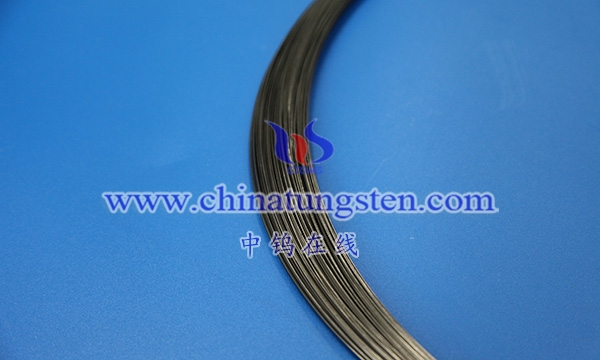
- Surface quality and dimensional accuracy detection
Surface quality and dimensional accuracy are important factors affecting the use effect of tungsten wire. By testing the surface quality of tungsten wire, it can be found whether there are defects such as cracks and burrs on its surface; by measuring the dimensional accuracy, it can be ensured that it meets the tolerance range required by relevant standards. Common surface quality detection methods include visual inspection, microscope observation, etc., while dimensional accuracy is usually measured using precision measuring instruments.
- Industrial CT detection
For tungsten wires with smaller diameters, such as 0.08mm tungsten wires, it is necessary to select industrial CT with micro-focus function for detection. Industrial CT technology uses X-rays to scan objects and reconstructs a three-dimensional image of the object through a computer. This method can non-destructively detect defects inside tungsten wires, such as pores, inclusions, etc., and has high detection accuracy and resolution.
- Other detection methods
In addition to the above methods, there are some other methods that can be used for defect detection of tungsten wires, such as:
Eddy current detection: Use the eddy current principle to detect defects on the surface of tungsten wires, such as cracks, corrosion, etc.
Ultrasonic testing: Detect internal defects by propagating and reflecting ultrasonic waves in tungsten wire.
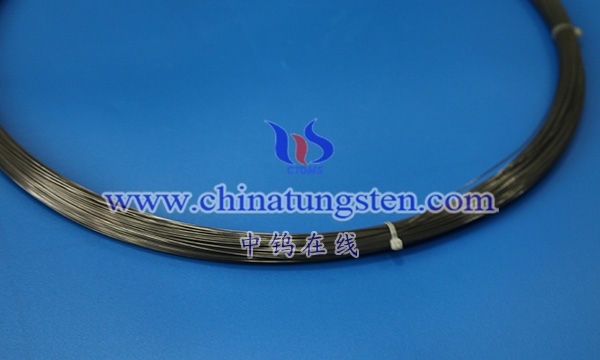
Magnetic particle testing: Use the distribution of magnetic powder in a magnetic field to detect defects such as cracks on the surface of tungsten wire.
Each of these methods has its own advantages and disadvantages. The specific method to be selected depends on the size, shape, material, and required detection accuracy and efficiency of the tungsten wire.
More details of tungsten wires, please visit website: http://tungsten.com.cn/tungsten-wires.html
Please contact CHINATUNGSTEN for inquiry and order of tungsten needles:
Email: sales@chinatungsten.com
Tel.: +86 592 5129595
